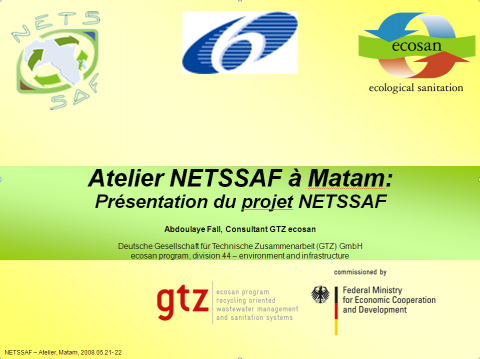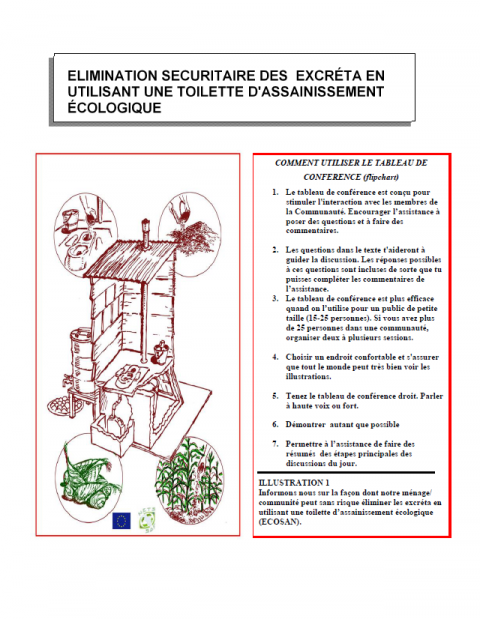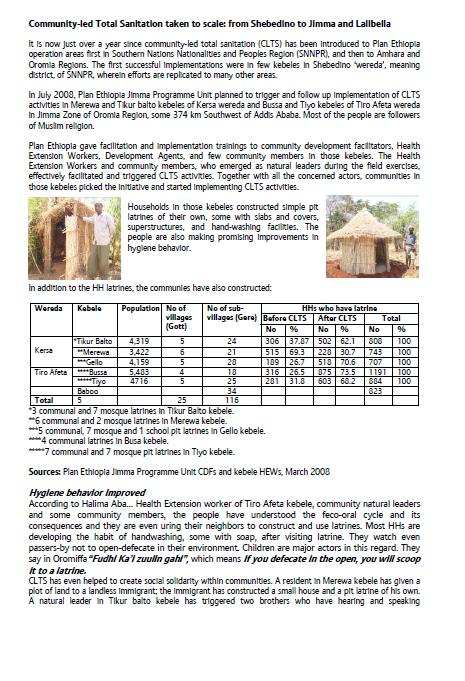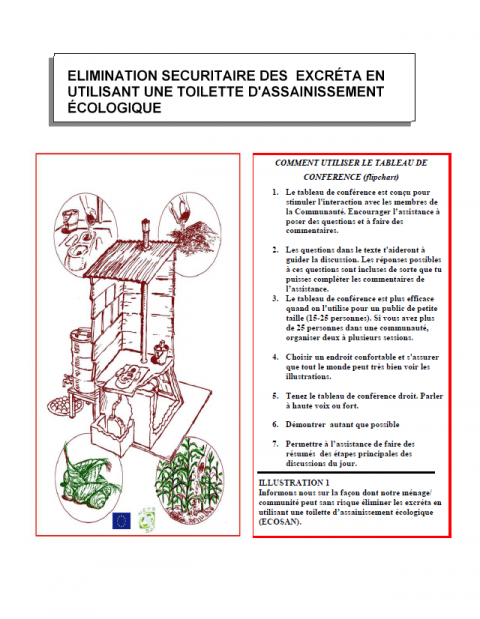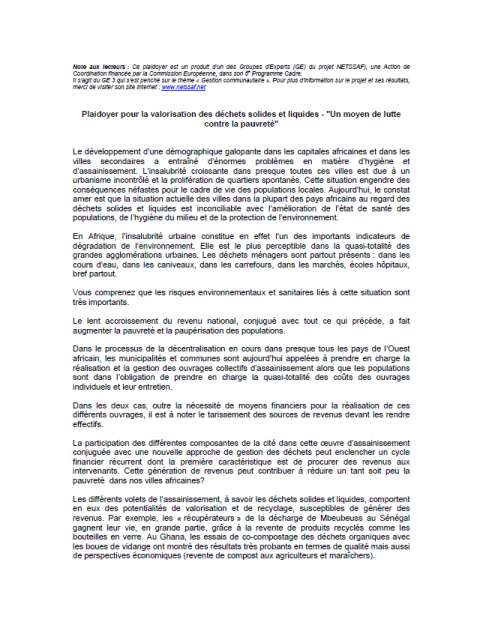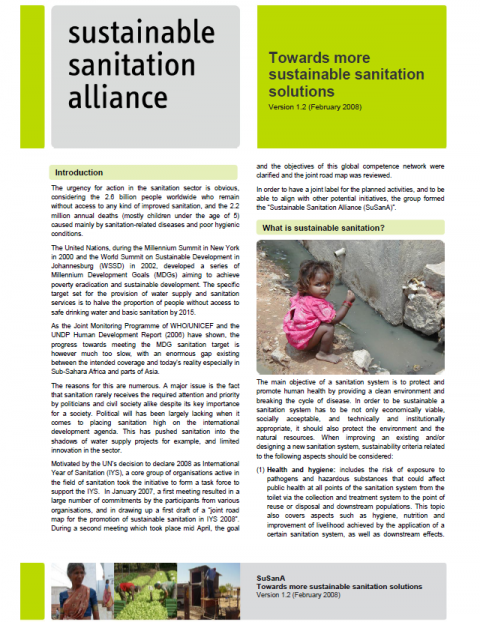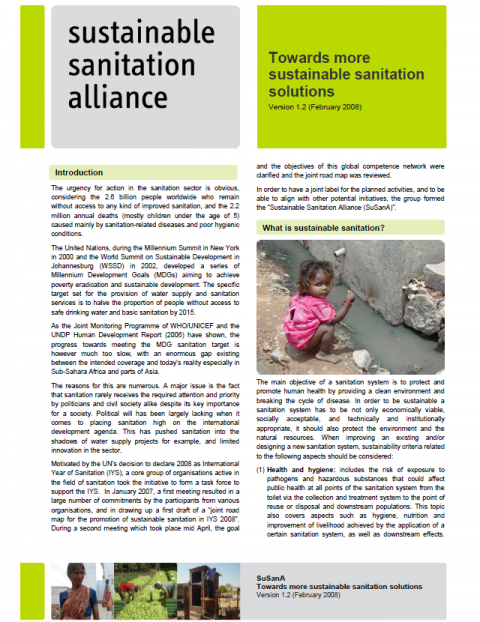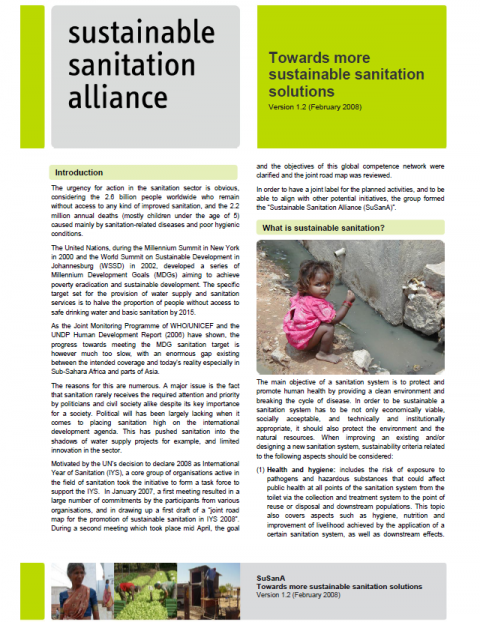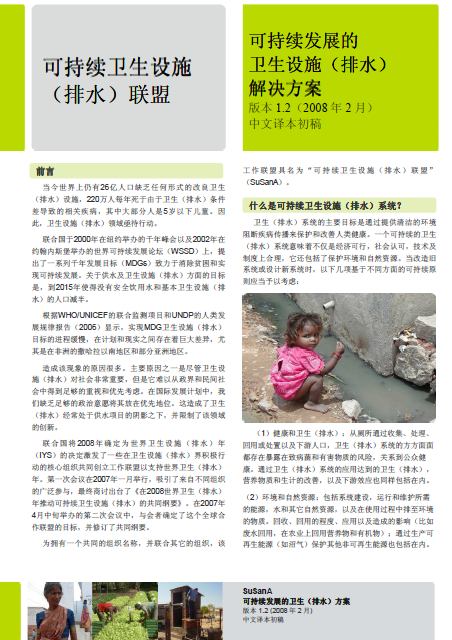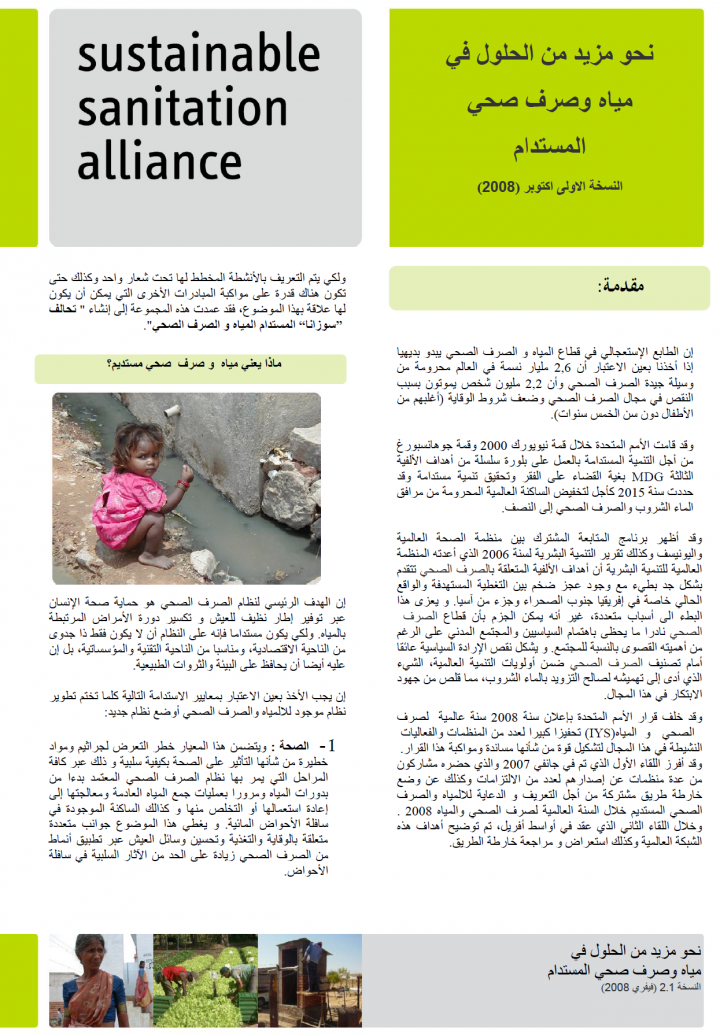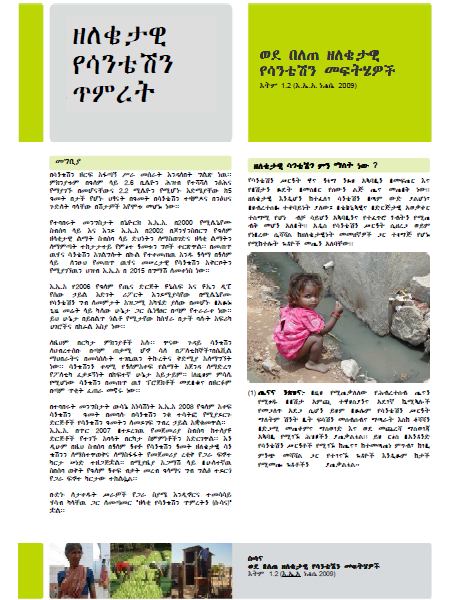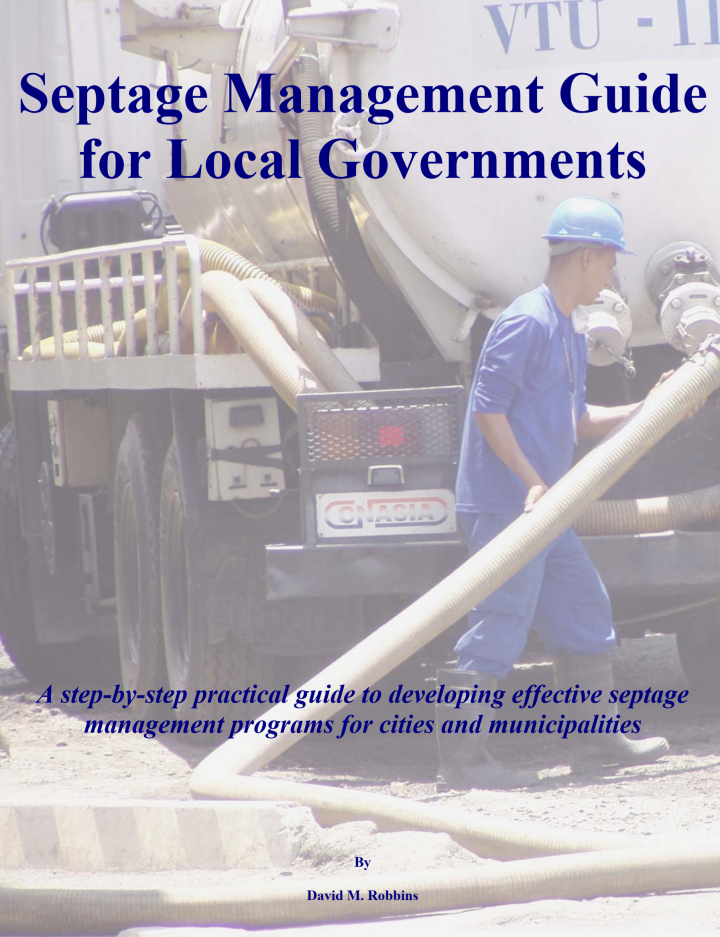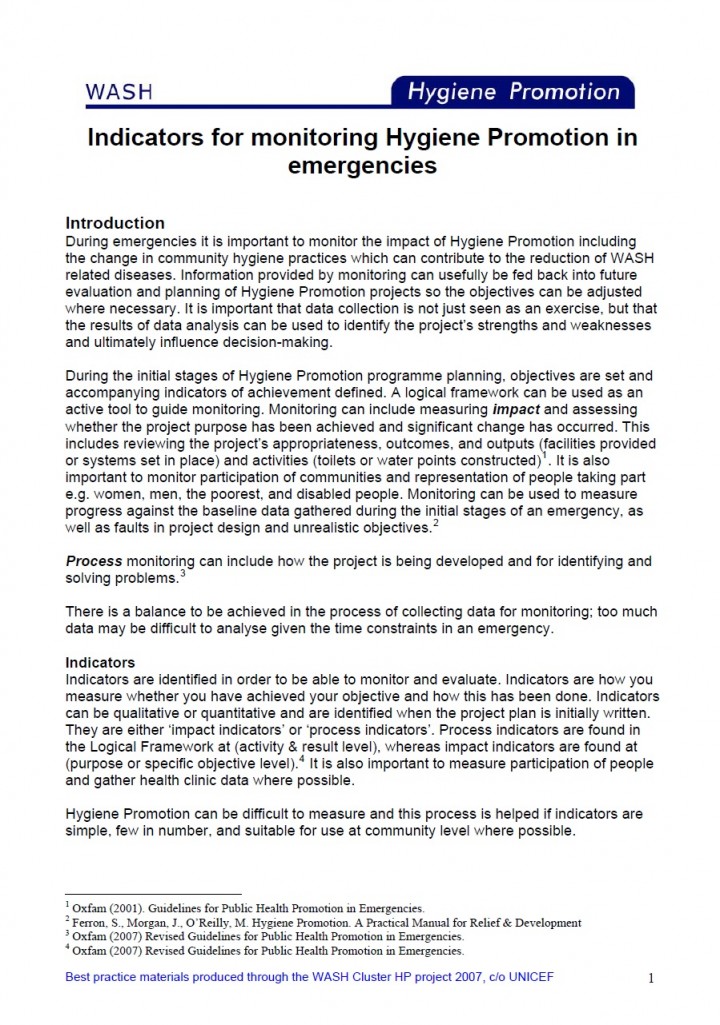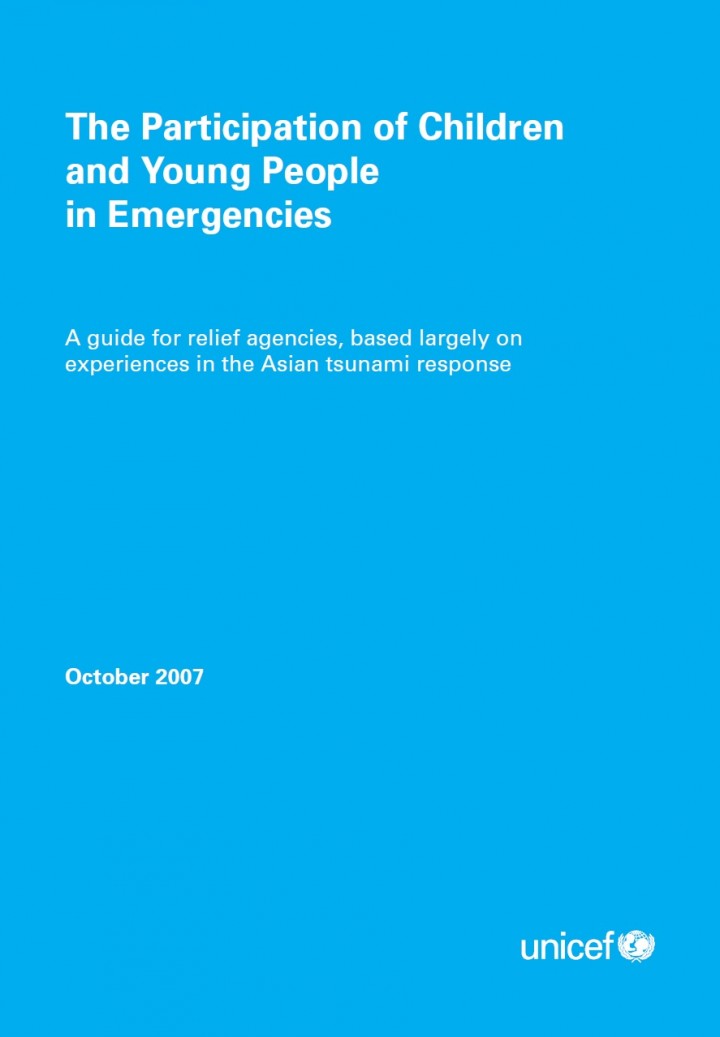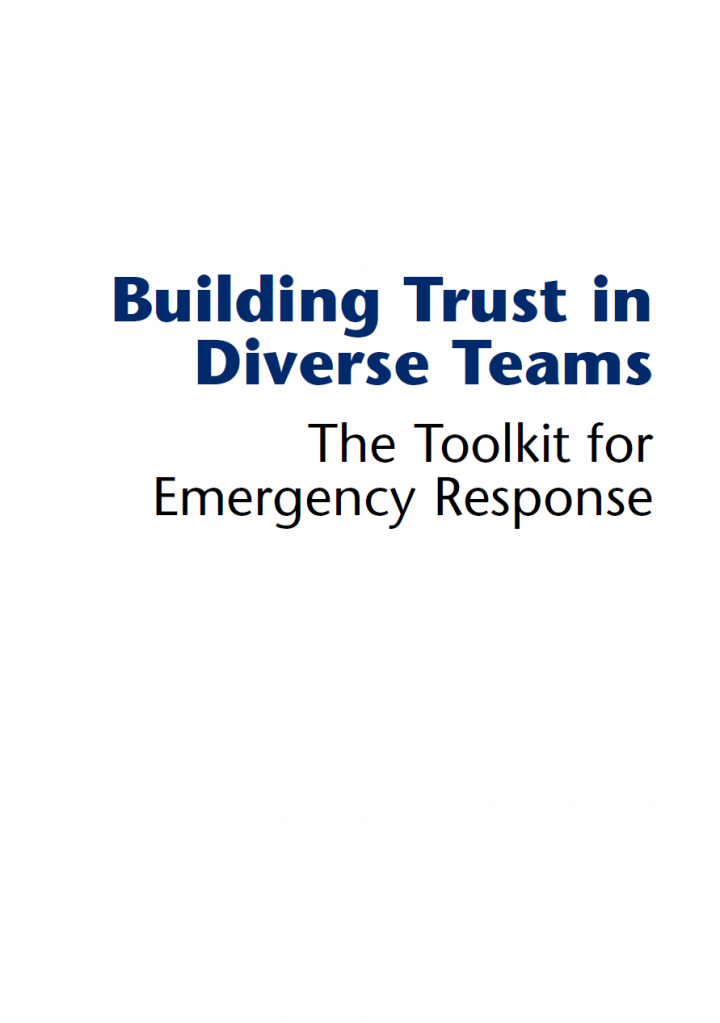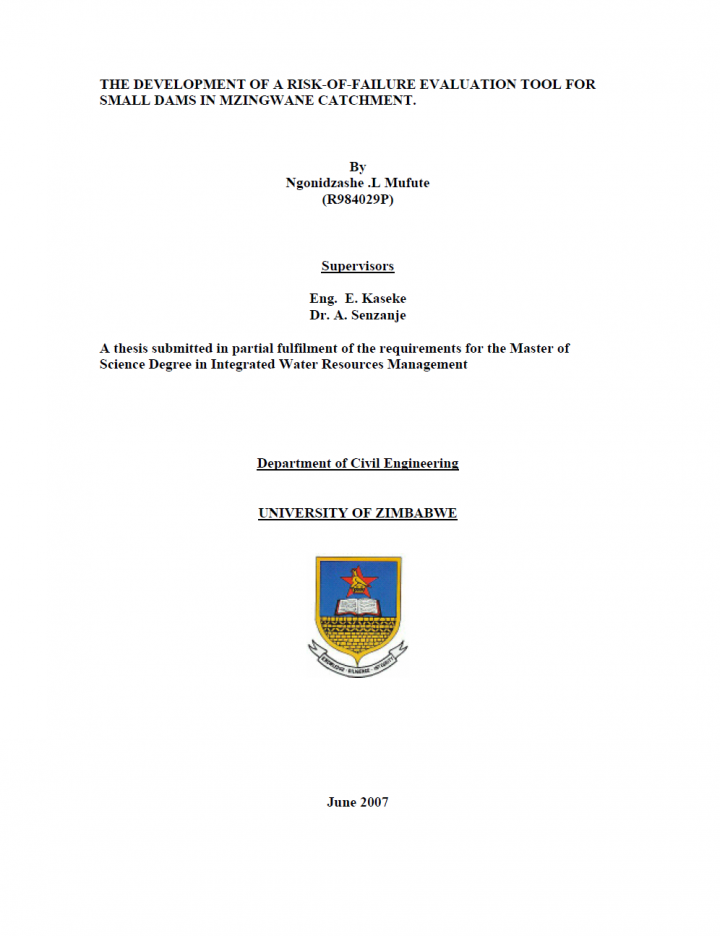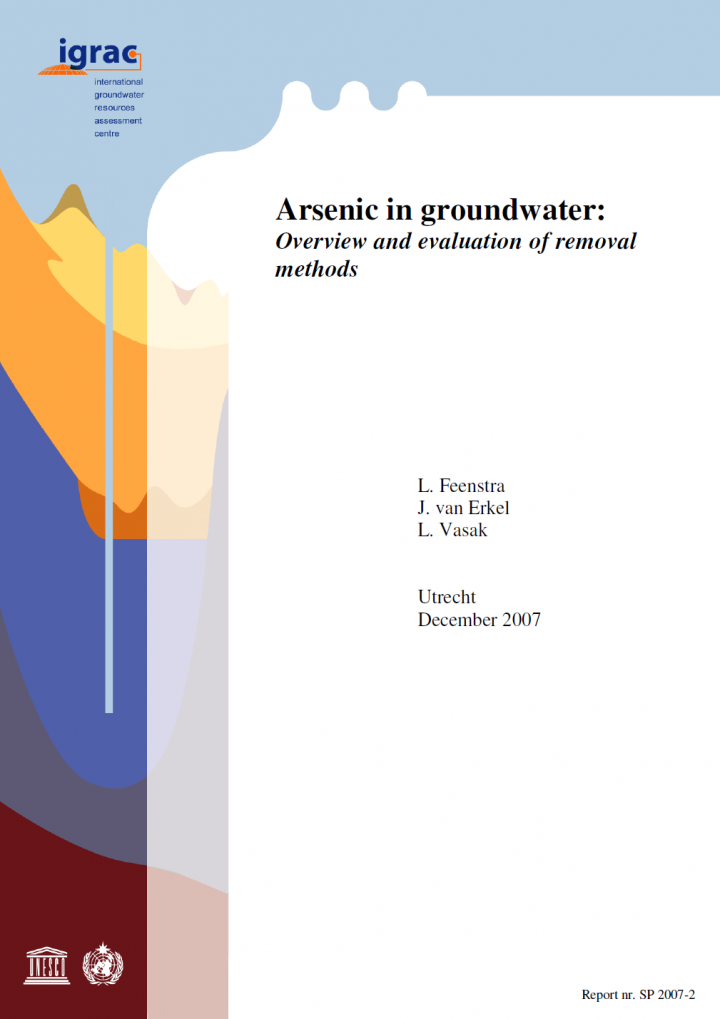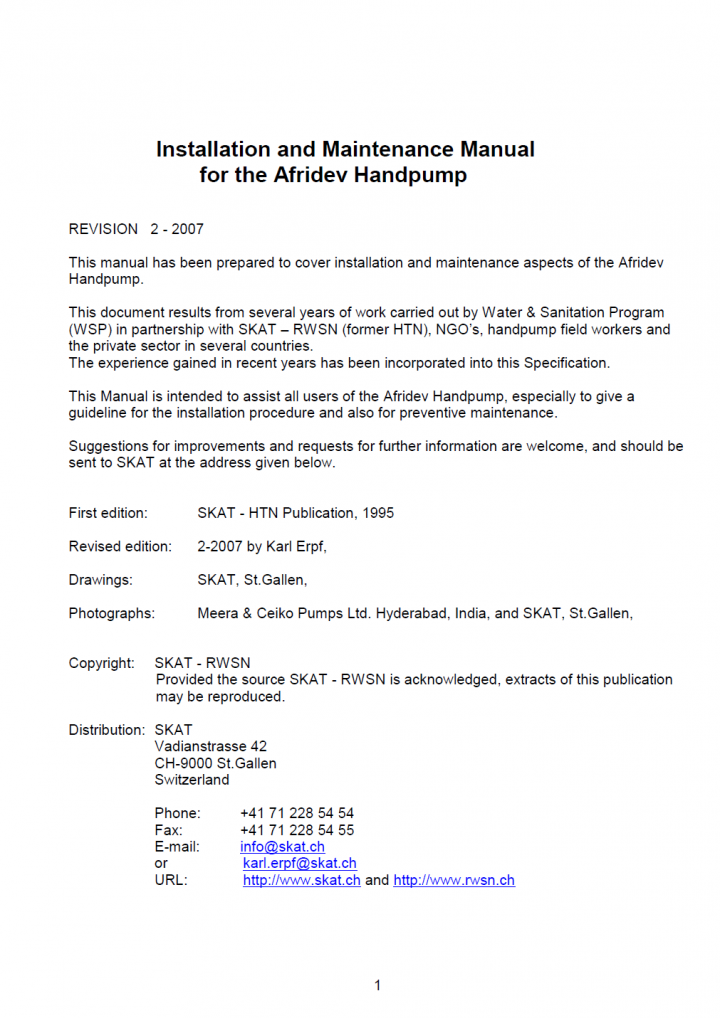Searching for information on Sanitation Workers?
The Sanitation Workers Knowledge + Learning Hub is the best source for all current news, trends, articles and updates on sanitation workers rights around the world.
The overall goal of the SuSanA is to contribute to the achievement of the MDGs by promoting sanitation systems which are taking into consideration all aspects of sustainability. The MDGs and the UN’s “International Year of Sanitation 2008” are highly appreciated by the “Sustainable Sanitation Alliance” as they help push sanitation high up in the political agenda. The main focus of the …
The overall goal of the SuSanA is to contribute to the achievement of the MDGs by promoting sanitation systems which are taking into consideration all aspects of sustainability. The MDGs and the UN’s “International Year of Sanitation 2008” are highly appreciated by the “Sustainable Sanitation Alliance” as they help push sanitation high up in the political agenda. The main focus of the …
The direct relationship between diseases such as cholera, hepatitis and dysentery and the unrestricted discharges of residential sewage is well documented. The septic tank is a simple device and when designed, installed, and operated properly, can serve as the first step in the sewage treatment process, which transforms human waste into a manageable effluent. Effluent can be further treated, …
During emergencies it is important to monitor the impact of Hygiene Promotion including the change in community hygiene practices which can contribute to the reduction of WASH related diseases. Information provided by monitoring can usefully be fed back into future evaluation and planning of Hygiene Promotion projects so the objectives can be adjusted where necessary. It is important that data …
Introduction
Purpose and rationale
Children have made significant and valuable contributions in emergency situations. They have taken on roles and responsibilities and they have taken action – including life-saving decisions. They have responded spontaneously and taken part in planned relief and recovery action. This has included them in protecting lives, providing health care, distributing …
What difference are we making? How do we know? The Good Enough Guide helps busy field workers to address these questions. It offers a set of basic guidelines on how to be accountable to local people and measure programme impact in emergency situations.
Its 'good enough' approach emphasises simple and practical solutions and encourages the user to choose tools that are safe, quick, and easy to …
What is trust? Why is it important in emergency-response teams? Humanitarian practitioners identify trust as one of the most important factors in launching timely and effective emergency responses.
Building Trust in Diverse Teams can be used throughout the cycle of an emergency response and features a Trust Index, to assess and measure trust within diverse teams, and ten trust-building tools …
World wide attention is given to the prevention of failure of medium to large sized dams, with little attention being paid to small dams. As a result the physical condition of small dams is generally poor, making them susceptible to failure. However, small reservoirs are an important source of both primary and productive water for rural communities. It is against this background that this study …
This manual has been prepared to cover installation and maintenance aspects of the Afridev
Handpump. This document results from several years of work carried out by Water & Sanitation Program
(WSP) in partnership with SKAT – RWSN (former HTN), NGO’s, handpump field workers and
the private sector in several countries. The experience gained in recent years has been incorporated into this …

